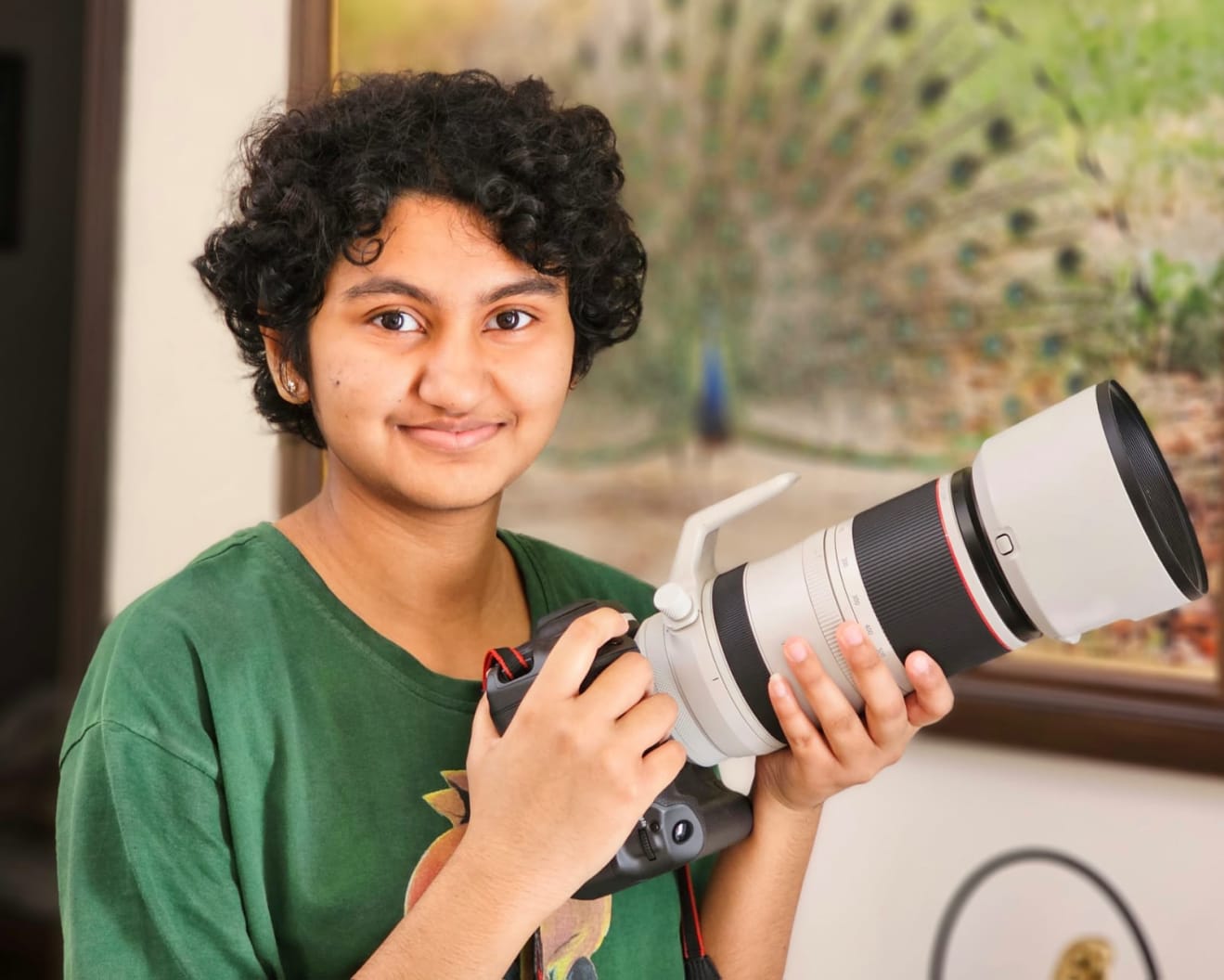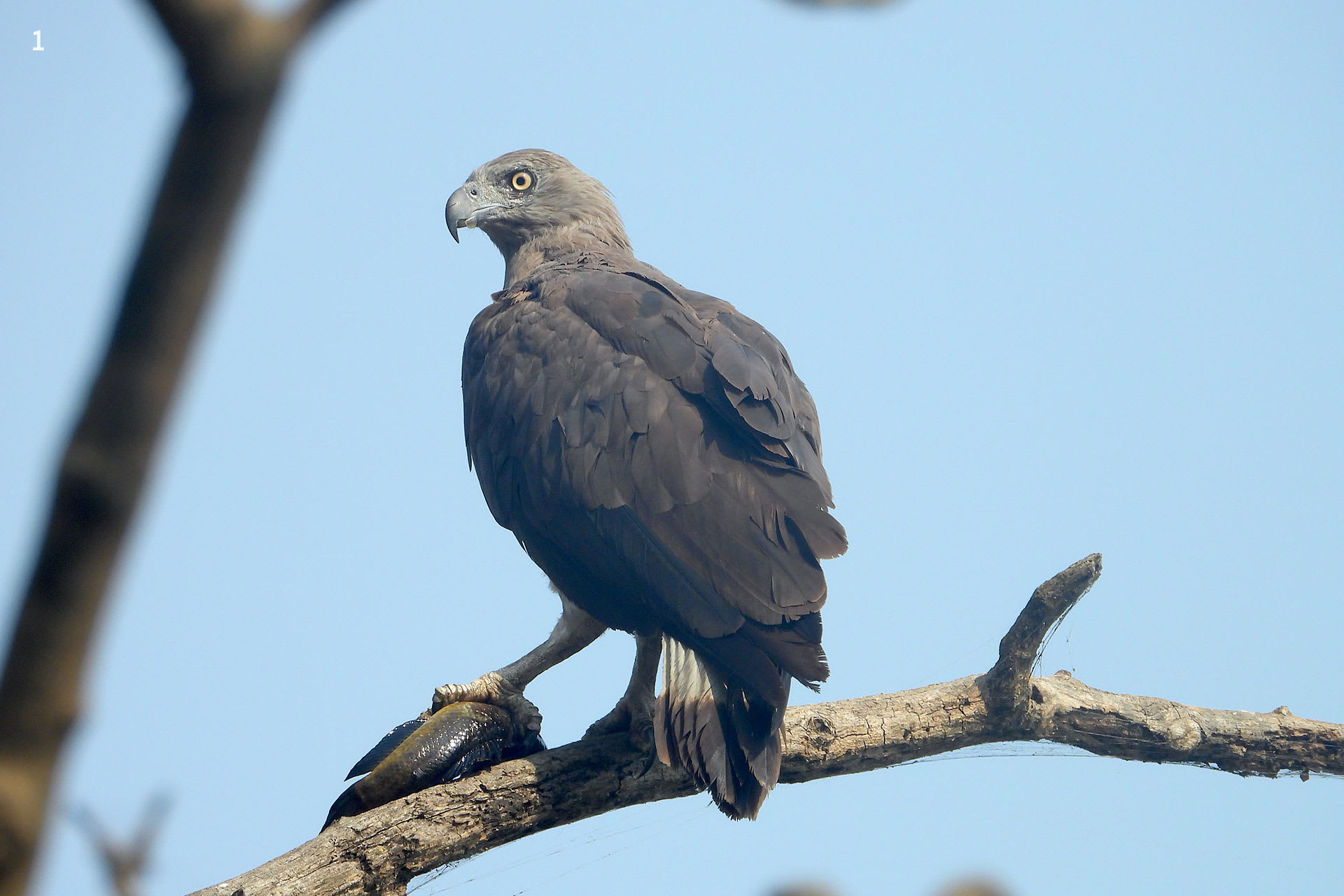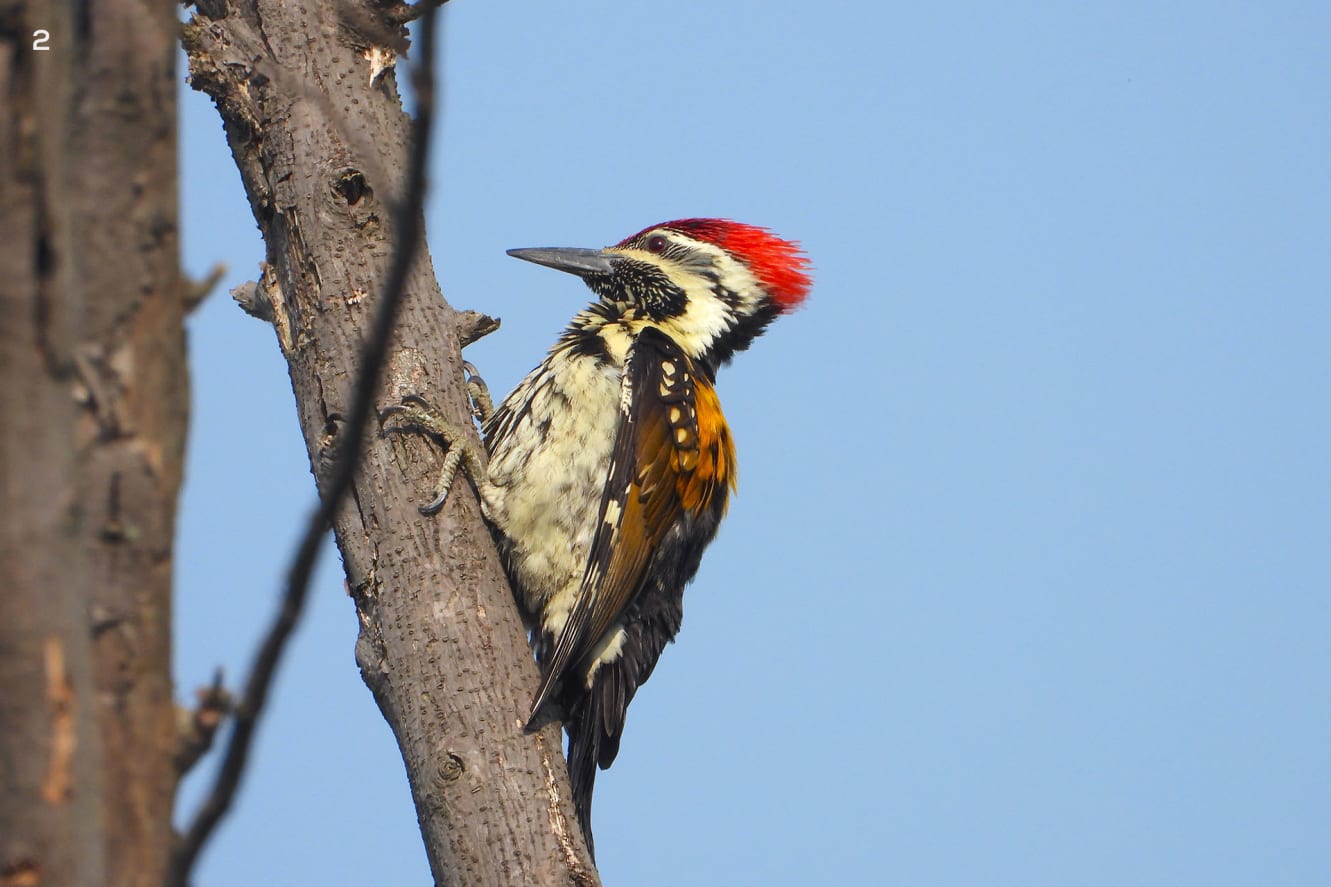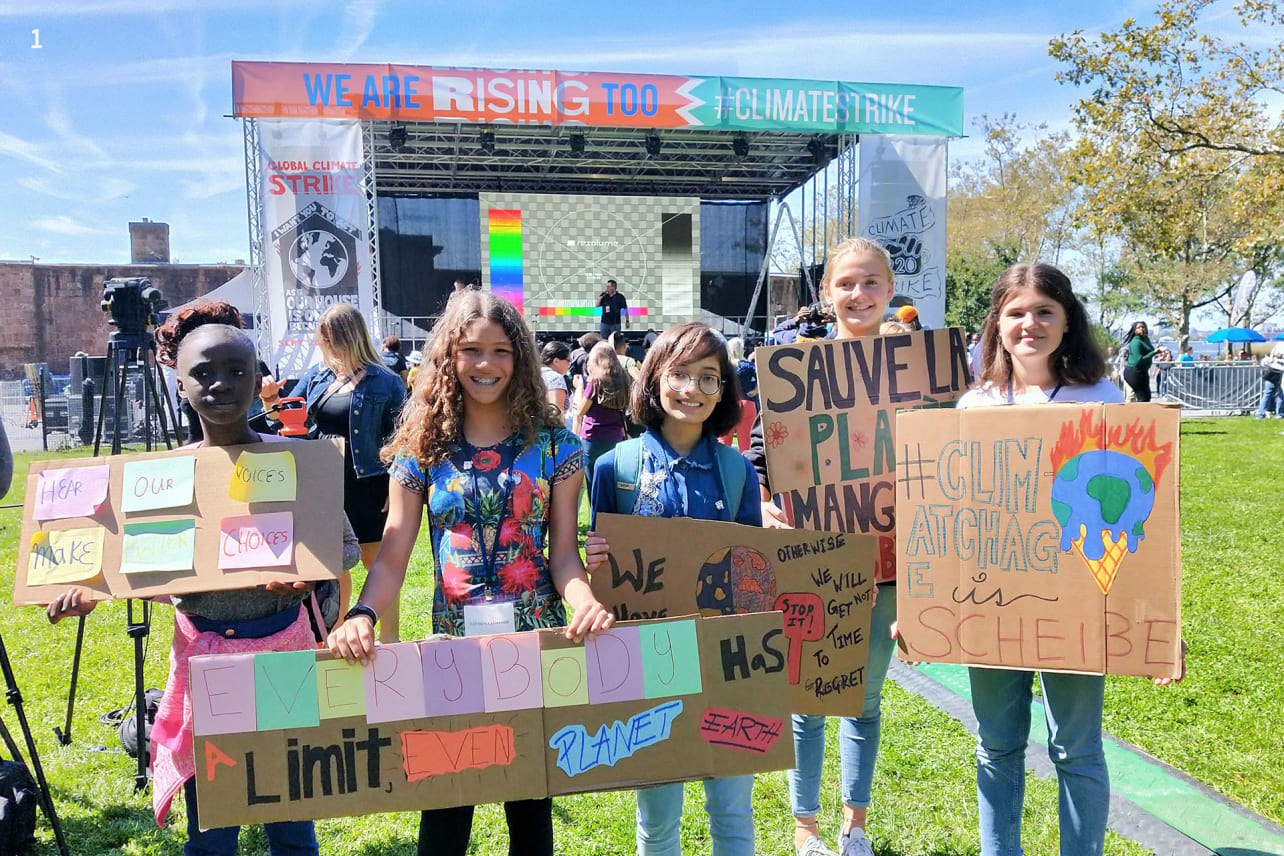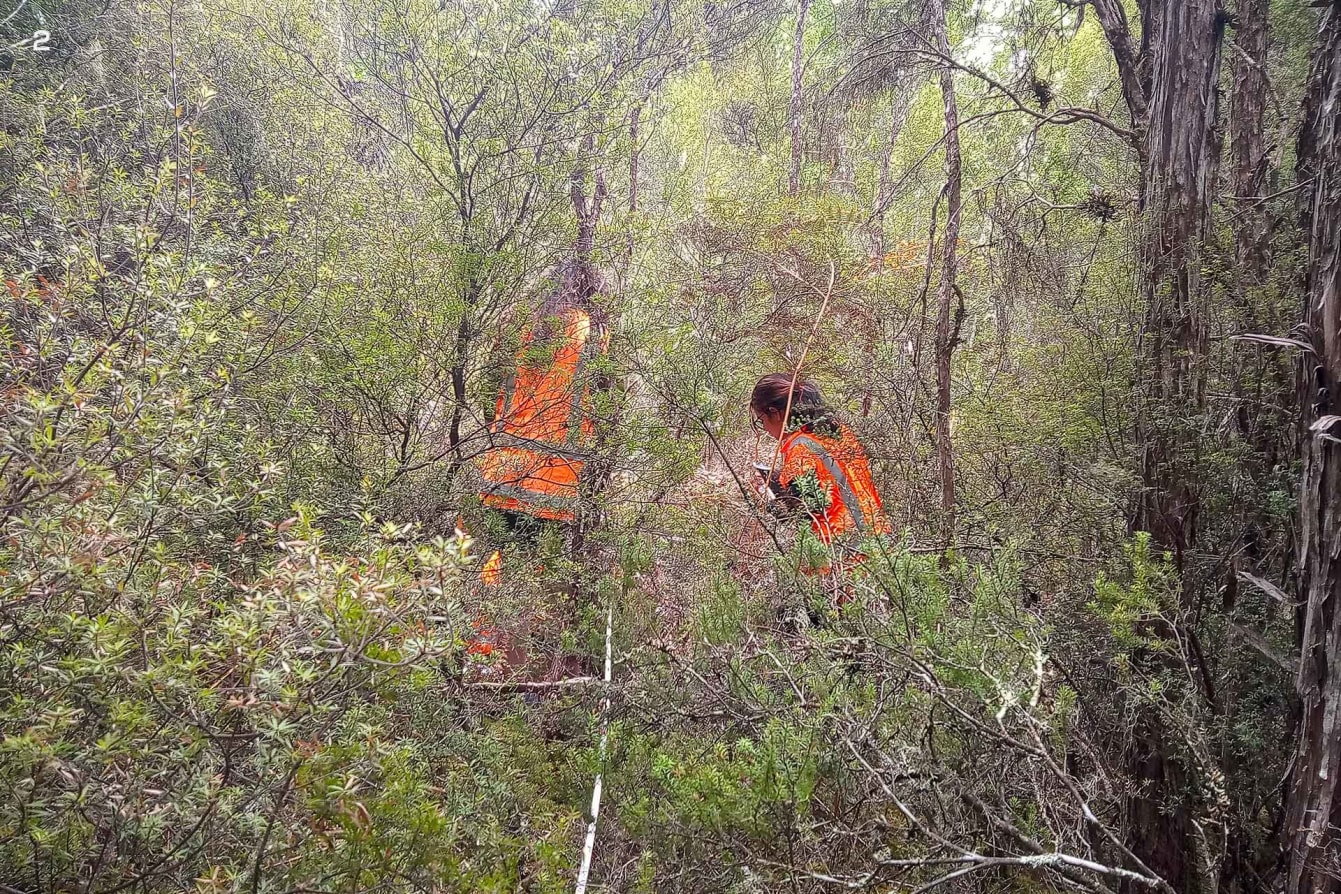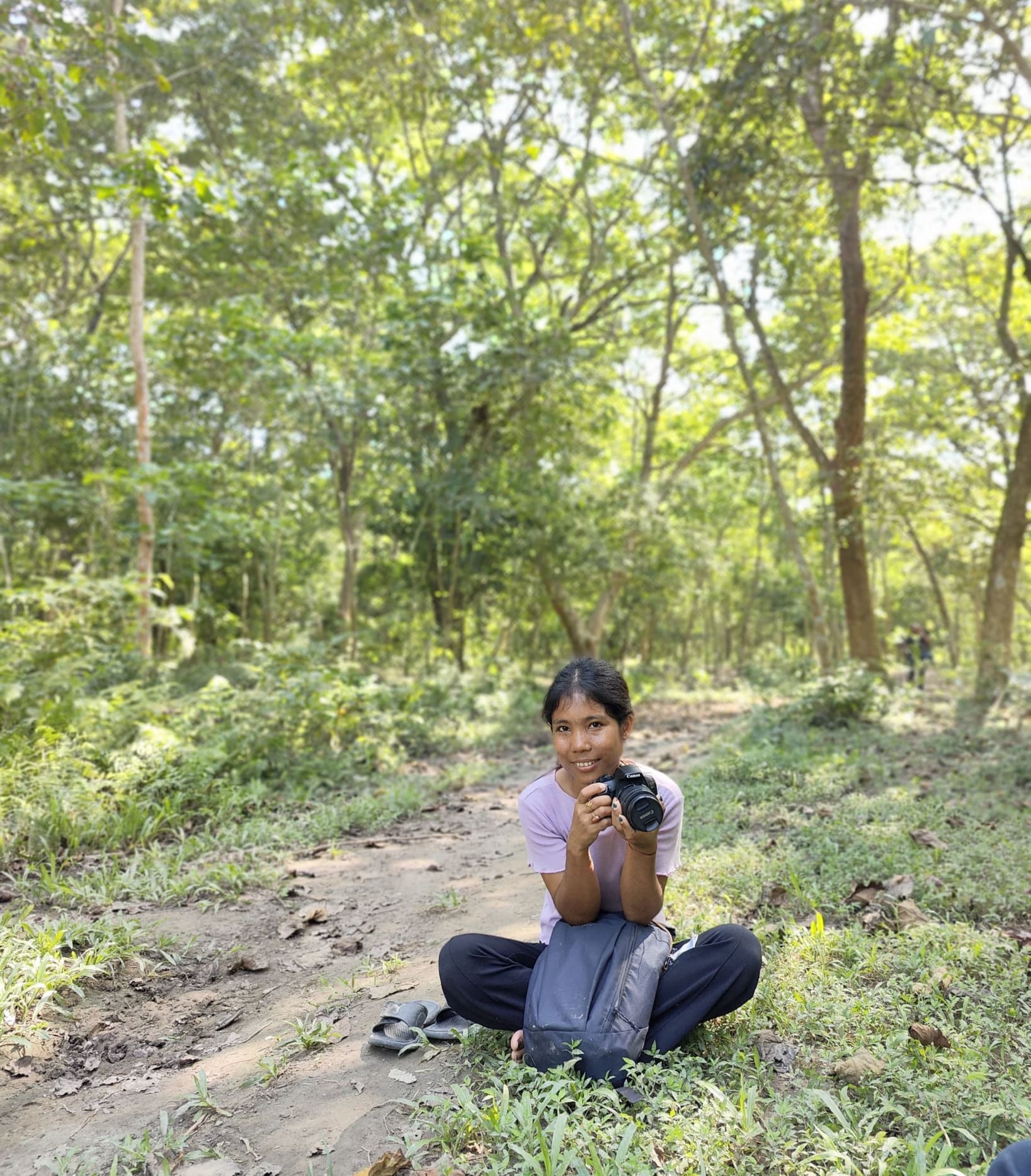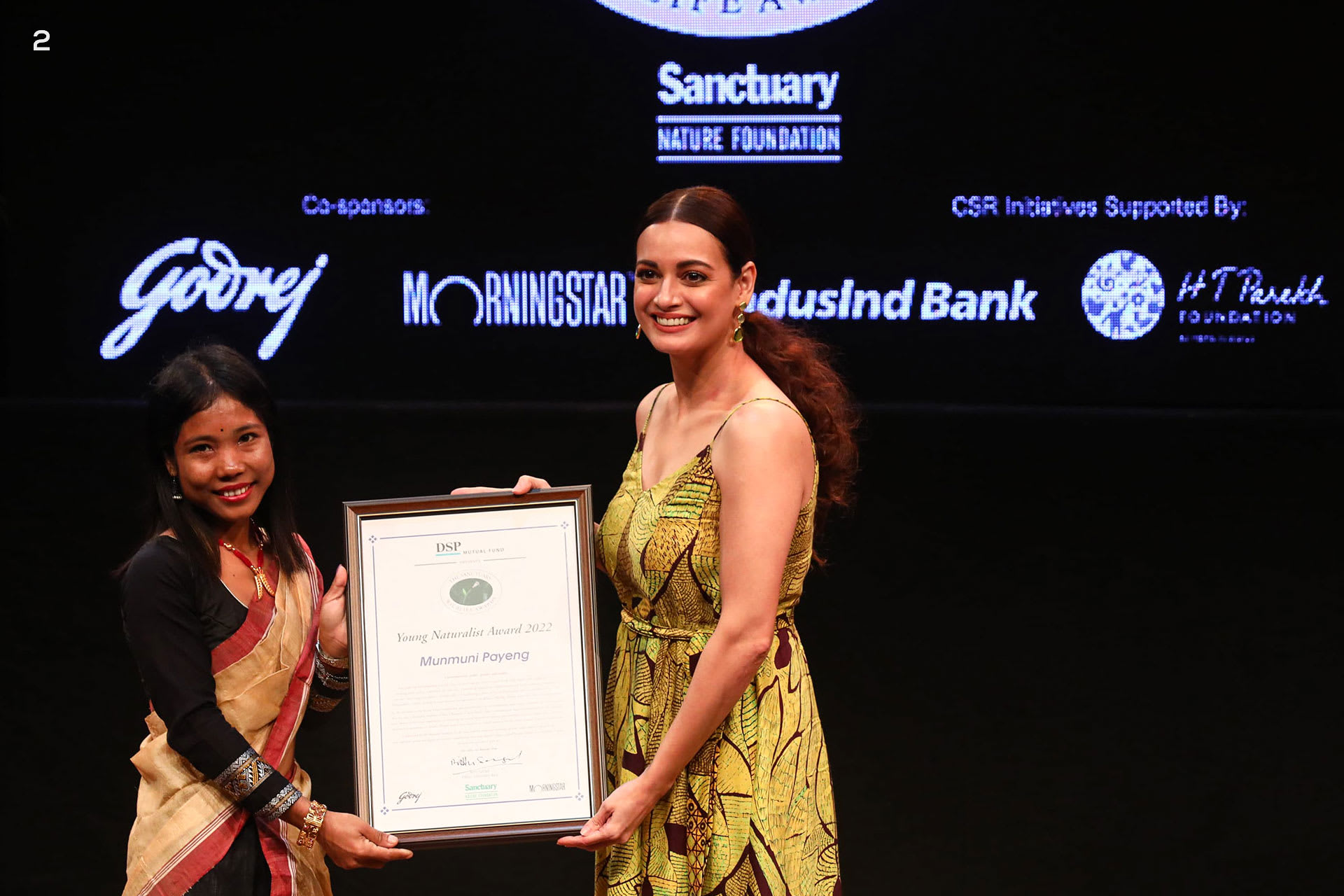 Listen to this article
•
15:34 min
Listen to this article
•
15:34 min
The phrase climate crisis evokes a sense of bleakness, as do words like global warming, greenhouse gases, rising sea levels, and irreversible weather events. But despite this milieu of environmental catastrophe and doom, there are beacons of hope. Across the country, young climate activists are working with trees, animals, birds, and marine environments. Nothing is too daunting for them. Shining bright among them are four young people, and these are their stories.
Spandana Bharadwaj: Friend of feathers
In April 2023, Spandana Bharadwaj, a class 12 student from Lucknow, created a flutter when she released Feathered Friends Around Us, her 125-page book illustrated with beautiful photographs. The book is a compilation of over 80 birds commonly found around Lucknow and the surrounding ponds, wetlands, campuses and residences with open woody areas. Many accolades followed, but for Spandana, the book was the natural progression of a passion that began in childhood.
“My parents used to take me and my brother to nature and wildlife destinations during our vacations. My dad was a keen birder, he took me to wetlands and forests and explained bird behaviour. When I was seven, he gave me my first camera and at nine, I was gifted a pair of binoculars. He later upgraded my camera and gifted me books on birds and wildlife,” she says, explaining the genesis of her interest in birds.
Watching birds taught her to be more patient and appreciative of nature’s little beauties. “Watching birds gives you knowledge about the health of our ecosystem,” she says.
The idea for the book was born in November 2022 during a conversation with her father on the way to Jim Corbett National Park, Uttarakhand. He suggested she write a small book for youth to help them identify and appreciate the world of birds. “By making them more sensitive, I thought I could help with the conservation of wetlands and bird habitats,” she says.
She began with a checklist of common birds, whittled it down with her father’s help and compiled her own photographs. Her father and his friend pitched in with additional photographs. After her exams in March 2023, she began work with a publisher in Prayagraj, and the book was ready in April. “I was extremely excited when renowned ornithologist Dr Asad Rahmani wrote the foreword,” she says. She counts Dr Rahmani as her inspiration, apart from her parents, and hopes to meet renowned British ornithologist Carol Inskiip someday.
Spandana is keen to compile a travelogue of her writing about visits to various destinations. After she finishes grade 12, she hopes to pursue physics, engineering and technology but use them to devise tools and technology to better manage and monitor bird habitats, forests, and wildlife. “I want to find doable solutions for problems they face with growing population and development,” she says.
Ridhima Pandey: Climate activist
For 16-year-old Ridhima Pandey, nature and conservation are in her blood. With wildlife conservationists for parents, climate activism was dinner-table conversation growing up. “Since my childhood, I was very interested in nature and animals. I loved going on jungle safaris and to rescue centres with my parents,” she says. The tipping point occurred in 2013, when she was a resident of Haridwar. “I started to learn about climate change after seeing the Kedarnath flash floods and the devastation in Uttarakhand,” she says.
The event solidified her involvement and passion for all things climate. Aged nine, she filed a petition against the Indian government for lack of climate action. The petition was ultimately dismissed, but rather than discouraging her, it only strengthened her resolve. Two years later, in 2019, she was one of 16 young climate activists to petition the UN Committee on the Rights of the Child, holding the world’s biggest economic powers accountable for the climate crisis. This and many other actions prompted the BBC to include her among the “100 most influential women in the world for 2020”.
Owing to her upbringing, Ridhima has a mature understanding of what the planet is facing. “I believe it is important to conserve nature because that is the only resource keeping us alive. Humanity can’t exist without the environment, but the environment can exist without humans. So we must understand this and respect nature,” she says.
That she is called upon for her views and experience, whether in the media or as a speaker in various parts of the world, means a lot to her. But she is also a pragmatist. “I think as an activist, even though I can’t see the changes I want to see, I get a little comfort that I have done my best and will continue to do so,” she says. She believes the younger generation has a big responsibility towards the climate crisis, and it is important to “take action now because today’s decisions will decide our future”.
Ridhima works on projects with different national and international groups. She is unsure of what she will do after school, but she’s sure to continue “to study more about the environment and climate.”
Nehara Pandey: Protective skipper of the seas
Much of 21-year-old Nehara Pandey’s life was spent near the ocean in Goa, and she developed a deep and abiding connection to it. “It led to me wanting to protect and preserve it in any way I could,” Nehara says about the roots of her passion.
She got her open water dive certification at 11, and her current training includes advanced rescue diver and emergency first responder, sailor, and surfer. She has made short films, given talks, and received numerous accolades, including becoming the youngest climate correspondent for Youth Ki Awaaz.
While her interests have expanded to all aspects of conservation, the ocean remains her primary love. She is pursuing a BSc in Marine Biology and Environmental Studies in New Zealand.
For Nehara, the importance of the oceans is indisputable. “They play an integral role in climate control, are responsible for half the oxygen we breathe, and are sinks for carbon. Healthy oceans are crucial to our survival as they sustain us by providing a multitude of resources from food to jobs,” she points out.
Nehara believes the solution to the climate crisis rests with the younger generations. “Many young people know about the climate crisis and marine conservation issues. People of my generation have begun taking the initiative to move towards a more sustainable future. Through the Internet, young people are constantly exposed to the realities of environmental destruction,” she says.
At the same time, she is aware that indifference can set in. “Constant exposure to the plethora of environmental issues occurring all around the world coupled with inaction by the biggest contributors to greenhouse gas emissions and environmental pollution breeds apathy,” she says. Yet she is quick to suggest that “Supporting youth campaigns for systemic changes that protect our future, community-driven conservation efforts, and connecting people with nature are great steps to take”.
In her spare time, Nehara follows her passion by volunteering in areas such as protecting native species. But the sea is never too far from her mind. “I hope to be able to make meaningful contributions to the field of marine conservation in the future.”
Munmuni Payeng: Rewilding dryad
For 25-year-old Munmuni Payeng, the family’s legacy — 40 years of rewilding forests — is not daunting. She has seamlessly adopted and continues the work her father, Jadav Payeng, famously called the “forest man of India”, started. His feat was restoring over 1,300 acres of forest called Molai Kathoni in a part of Majuli, the riverine island on the Brahmaputra in Assam.
Munmuni is among the brightest stars of the conservation world. She is involved with her siblings, extended family, and local community in planting a million native trees on sandbars near Molai Kathoni. “These trees are like my siblings, and I will do everything to care for them; if this green cover vanishes, the planet will become uninhabitable,” she says.
Having grown up alongside her father’s initiatives, things come instinctively to her. As secretary of the Forest Man Foundation, set up in honour of her father, she overlooks the social and environmental initiatives affecting communities close to Molai Kathoni. She has also founded Seuj Dhoroni (green earth) for advocacy, through which she creates awareness about conservation at the grassroots level and organises programmes for school children and youth in Majuli and the neighbouring districts.



